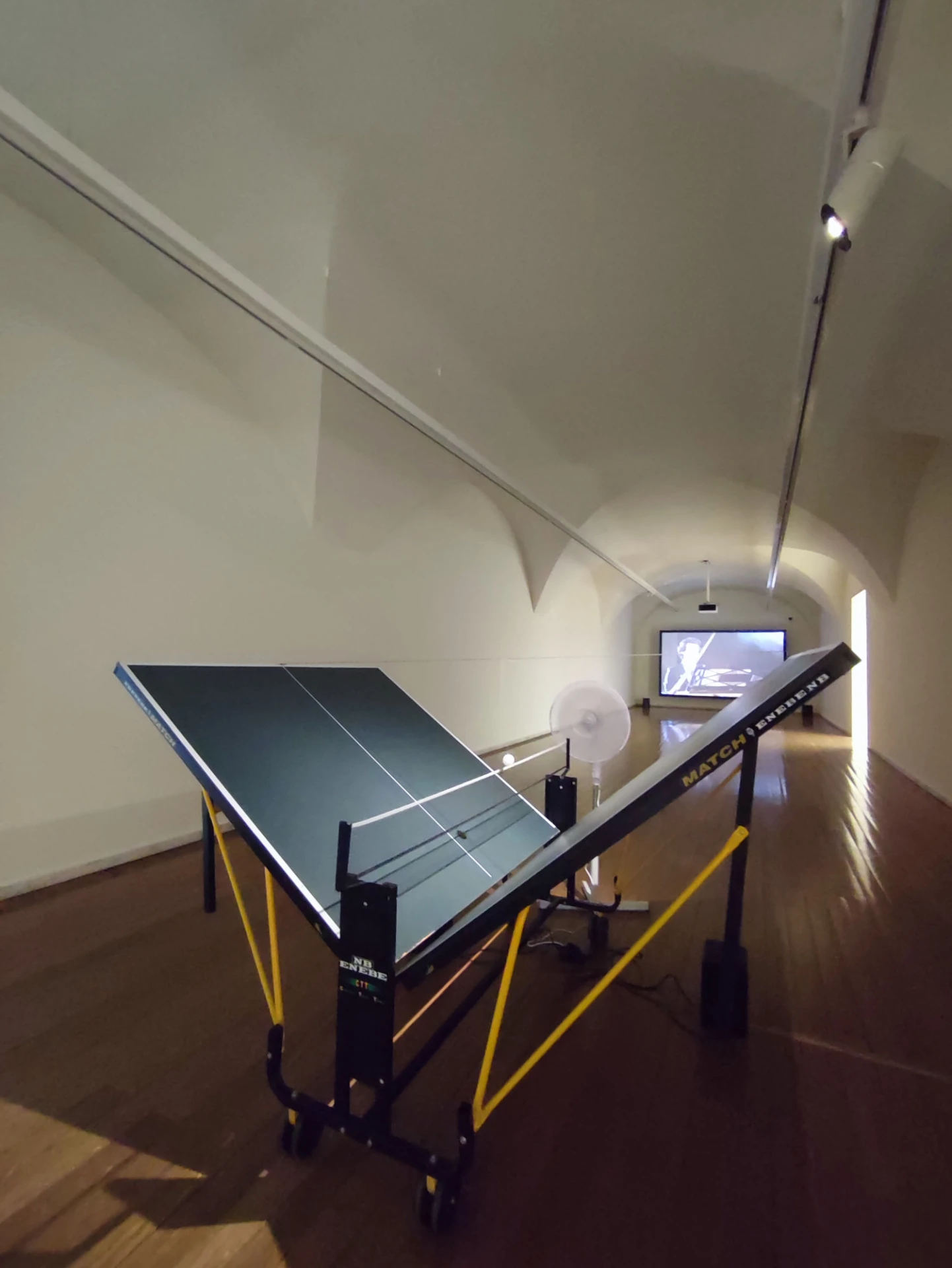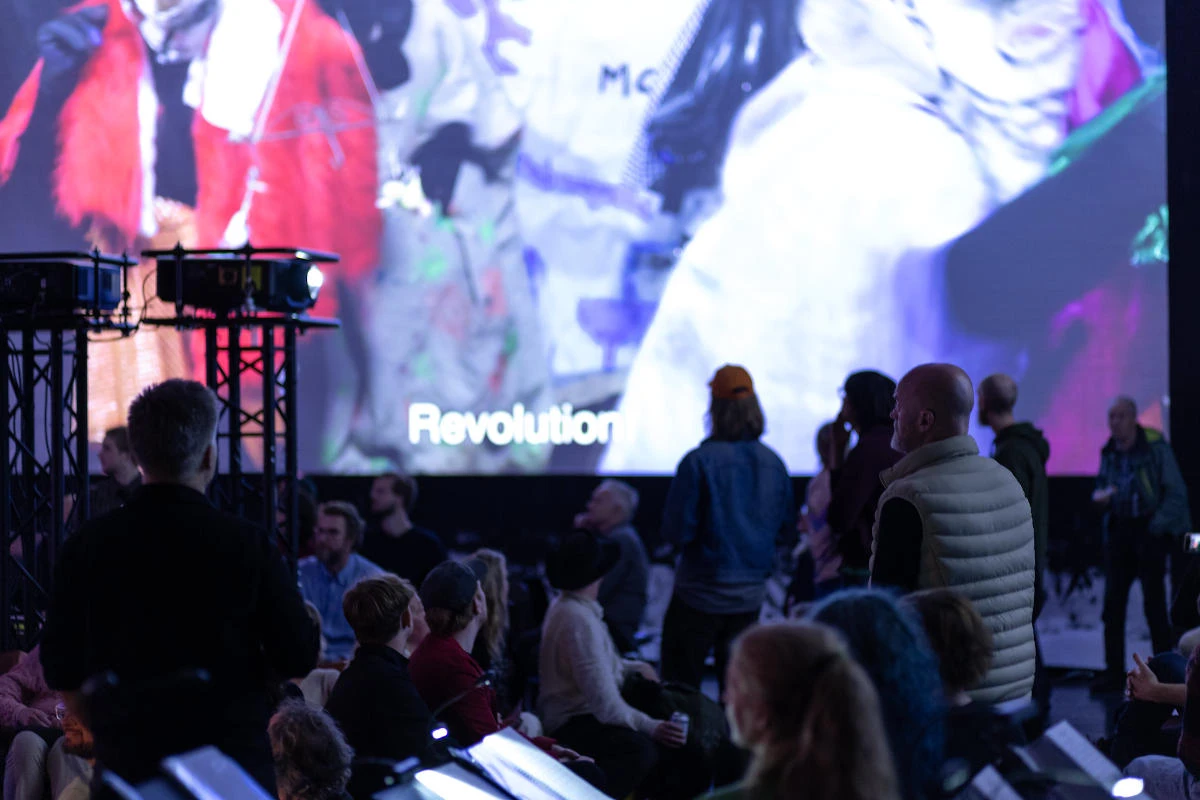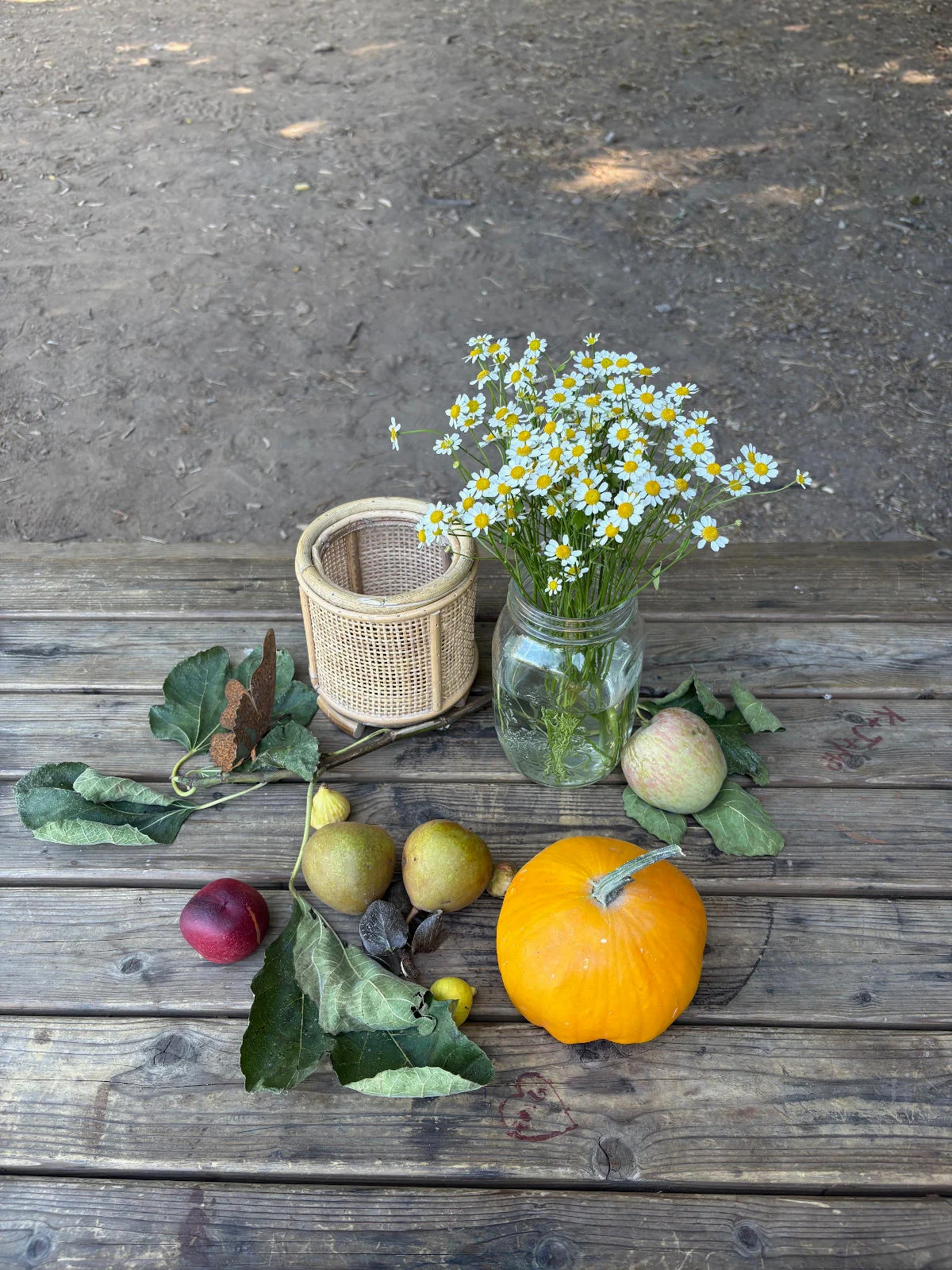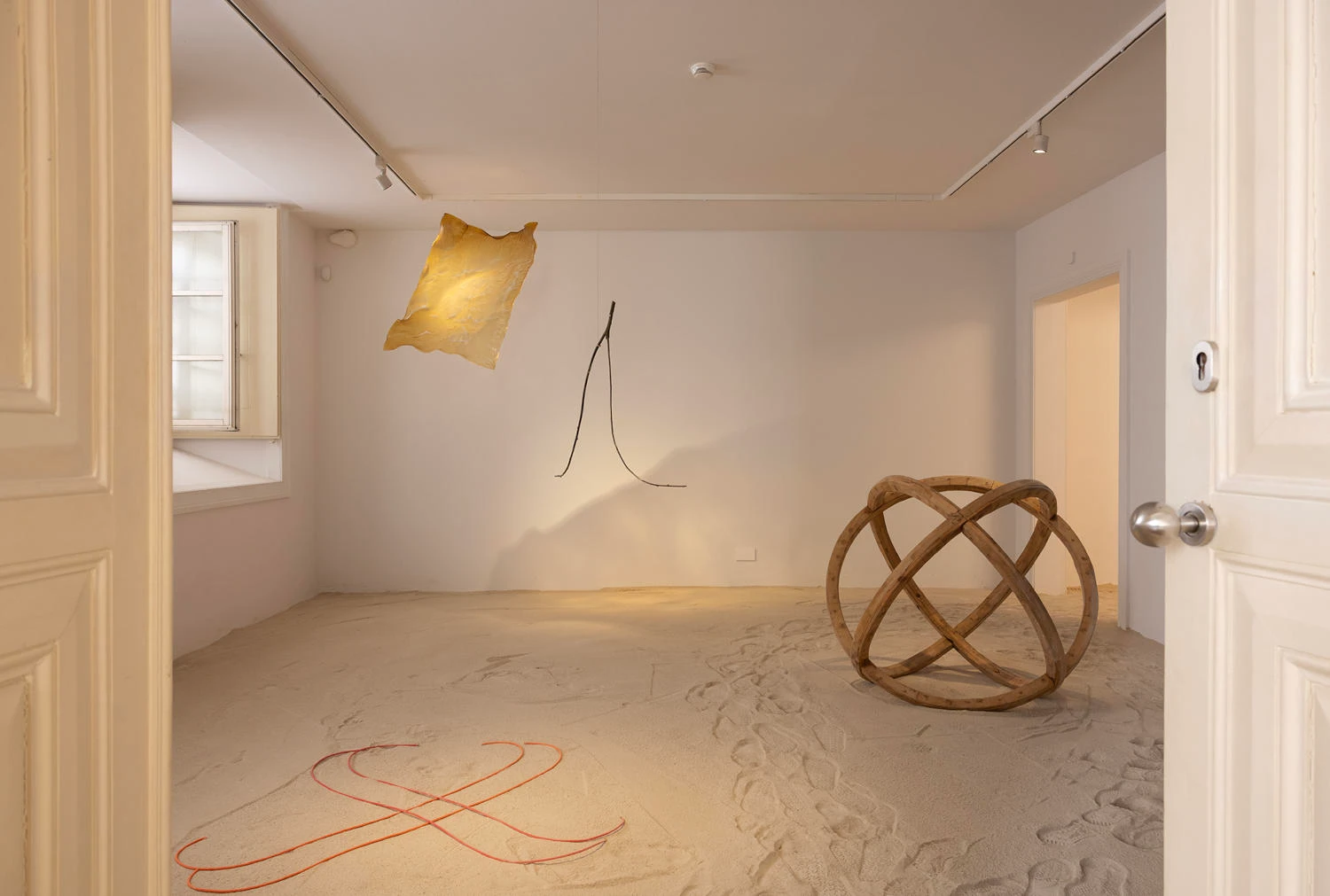article
Geofilia: Gørvell , Mariana Caló and Francisco Queimadela, at Brotéria
The neo-rurality of Geophilia is made of these enchantments, sometimes silent, sometimes radical. [...] It is, simultaneously, an ode to the Heracliteanism of life and Nature, of materials transformed by human beings and decomposition, which denounce the inspiring role of ancient techniques, of the artifice of humanity, always thirsty, but here critically contained in gestures of profound gratitude and symbiosis.
“Earth history is written in the depths, […] 'the exposed depths of our own existence' can be read in the 'cipher language' of the subterranean realm. As Novalis observed, geology is an inverted astrology, a divination.”
Maya B. Kronic , Cryptolithic Passions, 2021
In the beginning, there was heaven and earth – a shapeless, plastic thing, waiting for the divine breath.
The earth became living matter—a stage for storytelling, a canvas for memory; it took shape—mountains and valleys, forests and deserts, seas and oceans. From the depressions came the wrinkles of the gods; from the waters, the tears of angels and saints.
And from the mystery of the invisible, from the perfection of what lies hidden – the systems that connect cat to mouse, mycelium to plant, human to stone – the spirit of reason and imagination was sung, because one cannot live without the other and both blend in the life that animates them: this is the Word – the Word that thinks and makes the earth, that gives body and soul.
A crater on Earth is older than humanity itself. But its carcasses—the carcasses of humanity, its bones—are made of the same dust that was blown in the beginning. From C1 to S5, from L5 to S1, we see the evolution of this Deep Time, of all the traumas and cataclysms of the Earth, when scoliosis tightens, low back pain aches, and modern traumata collides with Cambrian traumata—spinal catastrophism. Then we understand that we are of the same bony calcification with which God shaped the structures of infinity. And the spine is the osteoscape that sediments the evolution of the human species: first coiled within itself, in the miasma of creation; then erect, toward the Sun. It is the solar anus, first cyclopean, then cultivated.
The history of science is no less astonishing than the history of mythopoetics, and technique is just another word for magic.
There is something profoundly enchanting about Geophilia, a piece of earth rescued from the time when the priests of Ancient Egypt and the magicians of the Renaissance sang the verses of Asclepius. From the ground comes dust, from dust comes life, from life comes images. We see it in the dreamlike atmosphere of Gørvell, in the suspended vedor, spinning in the air, guided by the wooden armillary sphere and levitating over the footprints engraved in the lime. These are objects that speak of the past and the present, of a syncretic time, whose forces radiate from this constellation of things. It is a declaration of love for the telluric movements of the soil, the shifting of tectonic plates, the vertigo of a bygone landscape; verses of love and joy to a god who animates the cosmos, who speaks through Moses and Orpheus, Hermes and Plato, of the papyri rescued from oblivion, of the tablets hidden in caves.
The forest druids leave enigmatic symbols on the ground. We follow their trail through the oral tradition passed down by the ancients. What is taken from Nature must later be returned. And for it to continue to bear fruit and be reborn, winter after winter, spring after spring, it must be cared for.
Everything is about abundance and fertility in this exhibition—a small theology of the Earth, which seeks, through radical experimentation, a means of connecting beings, beyond any hierarchy or correlationist concept. In this space, which is the space of a vaguely cosmogonic vision, we enter a boat sailing among the clouds of dust.
Hovering over lines that seem to allude to Celtic ritual, a seeder seems to signal the existence of water underground. What appears to be a forgotten practice, labeled by many as pseudoscience, the seeder technique is, in fact, frequently used by farmers and agricultural companies: elbows pressed against the trunk, each hand holding the forking ends of a Y-shaped branch, walking carefully with the other end of the branch pointing forward... the seeder indicates the existence of water when pointing skyward. A vegetal erection reveals the specific coordinates for digging a hole. How? In what way? We can inquire about what seems most obvious: the flexion of the branch and the relaxation of the muscles naturally lead the branch to this upward movement—that seems to be the logical explanation. But there is no way to prove it—at least not here, in the face of such evident magic, surprise, and amazement, which clouds reason and the modern spirit...
In the adjoining room, the video essay by Mariana Caló and Francisco Queimadela gives voice to this ancient legacy that has passed through empires, continents, and generations. The menhir is a silent witness to the ages of yore, when men made love to the earth and women indulged in Dionysian rituals, when magic was a religion and solemn and incantatory records were sung in quatrains or triplets. From it draw Paleolithic and Neolithic theories, and from it emerge the energies of the network of monuments scattered across the globe. The ritualism is evident in the video: the various stages of the earth—solid, like clay; liquid, like mud; evanescent, like dust. It's impossible not to be drawn to the occult arts of geomancy, to the practice of divination through the earth, to the seductive esotericism that conspires around an archaeological and scientific counternarrative emanating from the forces of the soil, in which the Paleocene overlaps with the Ctholocene, in which irrefutable science degenerates into the feverish imagination of a dissonant collective. The video is made of the pulsating earth, and the menhir rests immovably on the cracked earth, impassive, unbreakable, awaiting the next extinction, the next creation.
The neo-rurality of Geophilia is made of these enchantments, sometimes silent, sometimes radical. The land offers an infinite plasticity, as immense as love and redemption—of those who, after years adrift, discover a place full of meaning, which is land and sea, past and future, sharing a sobriety and frugality that owes everything to the elements or to God. It is, simultaneously, an ode to the Heracliteanism of life and Nature, of materials transformed by human beings and decomposition, which denounce the inspiring role of ancient techniques, of the artifice of humanity, always thirsty, but here critically contained in gestures of profound gratitude and symbiosis.
BIOGRAPHY
José Pardal Pina has been the associate editor of Umbigo since 2018. He has an Integrated Master's in Architecture from Instituto Superior Técnico, Universidade de Lisboa, and a Post-Graduation in Curatorship from Faculdade de Ciências Sociais e Humanas, Universidade Nova de Lisboa. Curator of the Dialogues (2018-2024) and Landscapes (2025-) projects in Umbigo.
ADVERTISING
Previous
article
-nwaos.jpg)
15 Aug 2025
The possibility of the ephemeral: Lawrence Weiner at the National Pantheon
By Laurinda Branquinho
Next
article
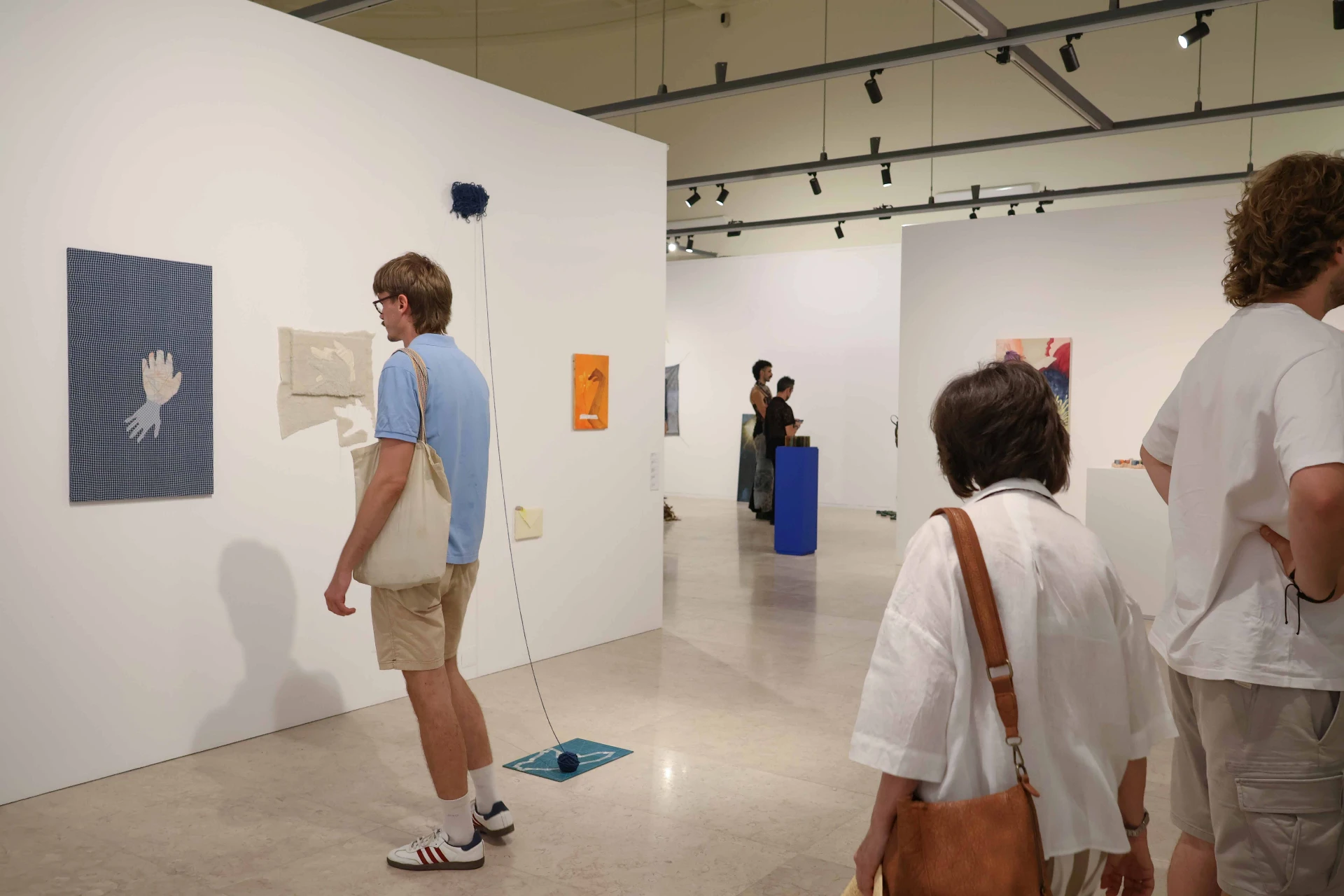
18 Aug 2025
Que Emoção!, at Sociedade Nacional de Belas Artes
By Carla Carbone
Related Posts
